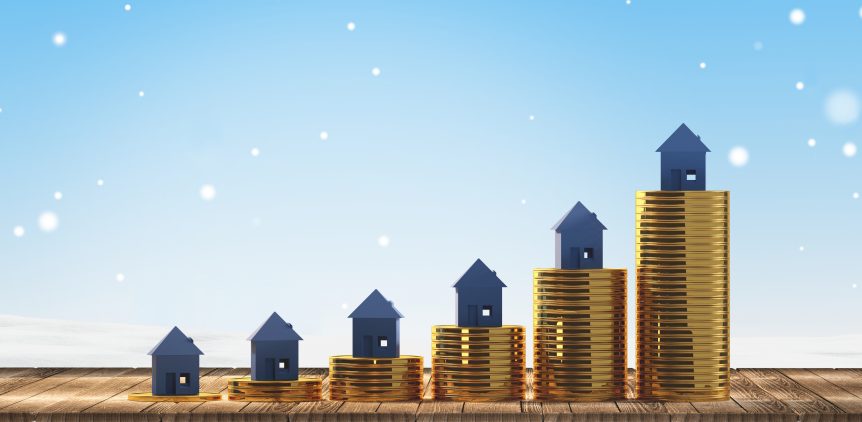Property insurance costs have been on the rise in recent years, leaving homeowners and businesses grappling with the financial burden. Understanding the factors behind these skyrocketing premiums is crucial for policyholders to make informed decisions and protect their assets effectively. In this article, we will explore the primary drivers behind the surge in property insurance costs, including reinsurance, property replacement costs, and skilled labor shortages.
Reinsurance and Catastrophic Events:
One significant factor contributing to the increasing costs of property insurance is reinsurance. Reinsurers provide insurance coverage to insurance companies, acting as a safety net when large-scale losses occur. However, a surge in catastrophic events, such as hurricanes, wildfires, and storms, has led to a rise in claims payouts for insurance companies. As a result, reinsurers have increased their rates to cover these higher risks, which subsequently trickles down to policyholders in the form of elevated premiums.
Escalating Property Replacement Costs:
Another factor impacting property insurance costs is the rising expense of property replacement. Advances in technology and building materials have led to higher costs associated with rebuilding or repairing damaged properties. These increased costs encompass a variety of factors, such as rising material prices, higher labor expenses, and specialized equipment required for restoration. To adequately cover these mounting replacement costs, insurance companies adjust their premiums accordingly.
Skilled Labor Shortages:
A skilled labor shortage in the construction industry has also contributed to the surge in property insurance costs. A lack of qualified workers, such as contractors, carpenters, and electricians, has resulted in increased labor expenses for property repairs and renovations. As insurance companies pass on these higher costs to policyholders, property insurance premiums rise to compensate for the shortage of skilled labor and the associated increased expenses.
Implications for Policyholders:
The escalating costs of property insurance can have various implications for policyholders. Higher premiums might strain household budgets or impact businesses’ bottom lines, making it essential to evaluate coverage options and seek affordable policies. Additionally, policyholders need to stay informed about potential risk mitigation measures and take steps to minimize their exposure to losses. This might include implementing safety measures, investing in preventive maintenance, or exploring alternative insurance solutions.
As property insurance costs continue to rise, driven by factors such as reinsurance, property replacement expenses, and skilled labor shortages, policyholders must be proactive in understanding the dynamics of their insurance coverage. By staying informed, policyholders can make sound decisions to protect their homes and businesses effectively. Exploring different coverage options, adopting risk mitigation strategies, and seeking professional advice can help navigate the evolving landscape of property insurance, ensuring financial security in the face of rising costs.

